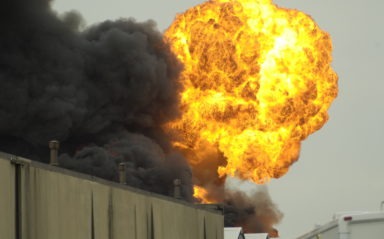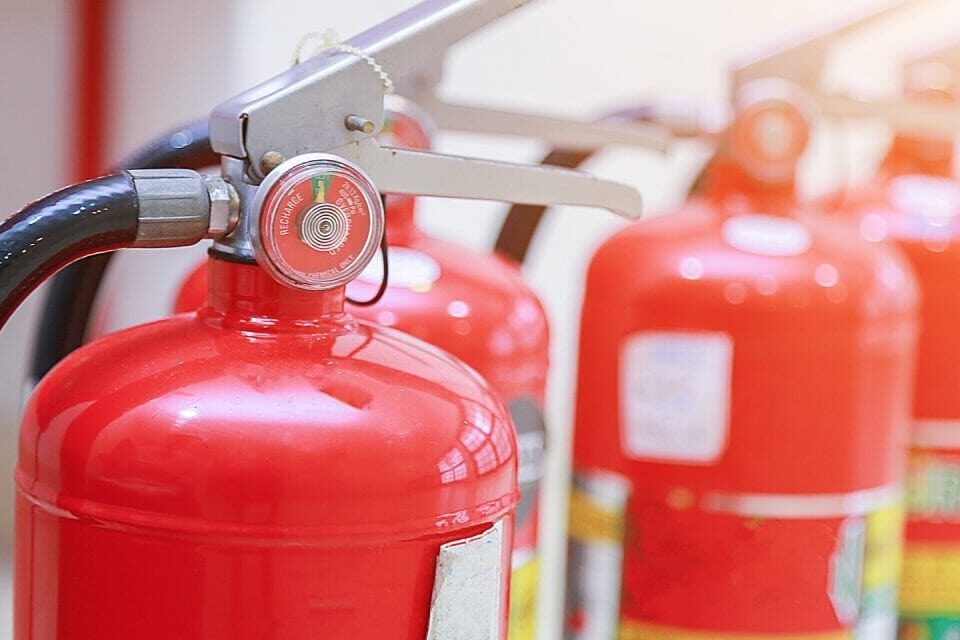The Hidden Threat: Understanding the Dangers of Dust Explosions

Electrostatic Discharge: A Hidden Enemy in the Workplace
June 8, 2023
The Role of Industrial Hygiene Audits in Achieving Safe Workplaces
June 9, 2023The Hidden Threat: Understanding the Dangers of Dust Explosions
In this article, we shed light on a topic that often gets overlooked, dust explosions. As industries continue to grow, the accumulation of dust particles poses severe risks. Not only does it impact the safety of workers, but it also threatens the integrity of equipment and facility. By the end of this article, readers can expect to have a deeper understanding of this hidden threat and the steps they can take to prevent it. Keep reading to uncover the hidden threat and learn how to mitigate its dangers.
Introduction
Dust explosions are a hidden danger that can occur in many industries, including agriculture, manufacturing, and mining. These explosions can have catastrophic effects on workers and facilities, causing injury or even death. In this article, we will explore the causes of dust explosions and the impact they have on people and businesses. We will also discuss safety training for workers to help raise awareness and preparedness for these potential disasters.
What are Dust Explosions?
Dust explosions are a serious and often overlooked hazard in many industries. These explosions occur when fine particulate matter, such as dust or powder, comes into contact with an ignition source. The resulting explosion can be devastating, causing injury or death to workers, damaging equipment and structures, and even leading to business interruption. This chain reaction can result in a much larger explosion than the initial one.
Understanding the Causes of Dust Explosions
Understanding the Causes of Dust Explosions:Dust explosions occur when fine particles of combustible materials come into contact with an ignition source, causing a rapid combustion reaction. However, not all dust particles are created equal when it comes to their potential for explosion.Furthermore, certain types of dust are more prone to explosion than others, such as those generated from organic materials like flour or sawdust. This is due to the presence of volatile organic compounds that can easily ignite when exposed to heat or friction. Other factors that contribute to dust explosions include inadequate ventilation systems or excessive accumulation of dust in work areas.
This may include implementing proper ventilation systems, regularly cleaning work areas, and providing thorough training on safe handling and storage practices for combustible materials. With proactive measures in place, the risk of devastating dust explosions can be greatly reduced.
Impact of Dust Explosions on Workers and Facilities
As previously discussed, dust explosions can cause significant damage to workers and facilities. The impact on workers can range from minor injuries to fatal accidents. Burns, cuts, and respiratory problems are some of the most common effects suffered by workers after a dust explosion.Facilities are also at risk of suffering significant damage due to dust explosions. In some cases, entire facilities have been destroyed due to dust explosions.
Proper training and safety protocols must be put in place to ensure that employees are aware of the risks they face while on the job. Implementing safety measures such as regular equipment maintenance, use of protective gear by employees, and regular cleaning of workspaces can go a long way in mitigating the risk of a dust explosion.
In conclusion, understanding the impact that dust explosions can have on workers and facilities is critical in taking proactive measures towards preventing these incidents from occurring. Employers must prioritize safety training for their employees while taking steps towards maintaining safe working environments. With proper planning and implementation of safety measures, we can reduce the likelihood of workplace accidents caused by dust explosions.
Safety Training for Workers: Raising Awareness and Preparedness
Safety Training for Workers: Raising Awareness and PreparednessWhile dust explosions can be devastating, they are preventable. One of the best ways to prevent dust explosions is to provide safety training for workers, raising awareness and preparedness. Workers should be trained on how to recognize the signs of potential dust explosions, the risks associated with them, and the measures that can be taken to reduce their likelihood.It’s important for workers to understand how even small accumulations of dust can ignite and lead to an explosion.
In addition, workers should receive training on emergency response procedures in case a dust explosion does occur. By providing comprehensive safety training for workers, companies can help ensure they are prepared for any potential threat posed by combustible dust.
Conclusion
In conclusion, dust explosions pose a significant threat to workers and facilities across various industries. However, with proper awareness, training, and safety measures, the risks can be minimized. It is imperative that all workers understand the causes of dust explosions and the importance of following safety protocols to prevent them. By taking proactive steps towards preventing these incidents, we can protect both human lives and business assets from devastating consequences.
At TSM TheSafetyMaster Private Limited we offer following services
TSM TheSafetyMaster® Private Limited
ELECTROSTATIC HAZARD ASSESSMENT
Unit No 221-451-452, SPL1/J, 2nd & 4th Floor, Sunsquare Plaza Complex, RIICO Chowk, Bhiwadi 301019, Rajasthan, India
Phone: +91 1493 22 0093
Mobile: +91 7665231743/9413882016
Email: info@thesafetymaster.com




